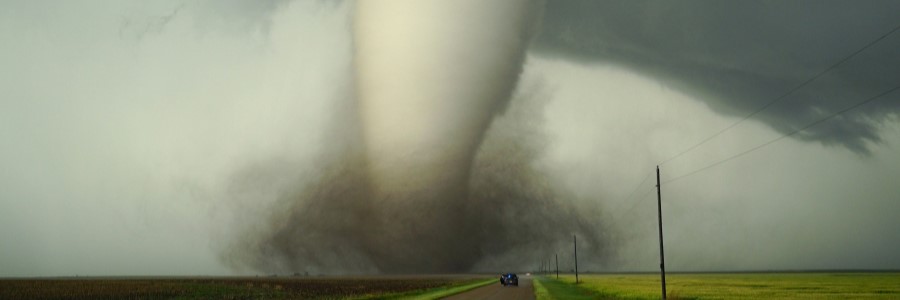In Northern Illinois, we’re no strangers to the whims of Mother Nature. Tornados, flash floods, and the rare earthquake pose real threats. While we often prioritize human safety, we must not overlook the critical data on our servers and workstations. A robust Backup and Disaster Recovery (BDR) plan is our shield against the unpredictable.
The Twin Pillars of BDR
Backup: The Safety Net for Your Data Regularly backing up files means you’re always ready to bounce back. It’s the digital equivalent of having a spare tire.
Disaster Recovery: The Plan to Keep You Running When disaster strikes, this plan is your playbook for a swift recovery, ensuring minimal downtime and sustained access to vital IT resources.
The High Cost of Neglecting BDR Ignoring BDR can be costly, affecting productivity, revenue, and customer trust. Consider the financial impact of IT downtime by breaking down costs department-wise.
Calculating Downtime Costs Imagine a stationary shop with equal revenue from in-store and online sales. If IT issues halt online sales, the shop loses half its revenue. Add to this the wages of employees handling online orders, and the costs mount up.
Recovery Costs: The Price of Getting Back on Track Estimate the expenses for system restoration, including IT contractor fees and hardware costs. Factor in reputational damage—how many potential leads will you lose during downtime?
Seven Rules for a Solid BDR Plan
Rule #1: Embrace the 3-2-1 Backup Strategy Every file should exist in three copies, on two different media, with one offsite. It’s a simple rule that can save your business in a crisis.
Rule #2: The Importance of Hourly Backups Frequent backups protect against significant data loss. Modern technology allows for hourly backups without disrupting operations.
Rule #3: Plan for the Future Ensure your BDR solution can grow with your business. Ask about storage limits and upgrade processes to avoid outgrowing your backup system.
Rule #4: Prioritize Security Your backups need protection too. Ensure your cloud data is secured with the latest cybersecurity measures.
Rule #5: Find Your RPO Sweet Spot Balance cost and protection by setting a Recovery Point Objective (RPO) that reflects how much data you can afford to lose.
Rule #6: Define Your RTO Your Recovery Time Objective (RTO) dictates how quickly you need to recover data. Tailor this to your business’s tolerance for downtime.
Rule #7: Regularly Test Your BDR Plan A BDR plan is only as good as its latest test. Regular reviews and updates are crucial to stay prepared.
Ready to Fortify Your Data? Don’t wait for disaster to strike. Reach out to our team at Sundog for a tailored BDR plan that fits your needs.
